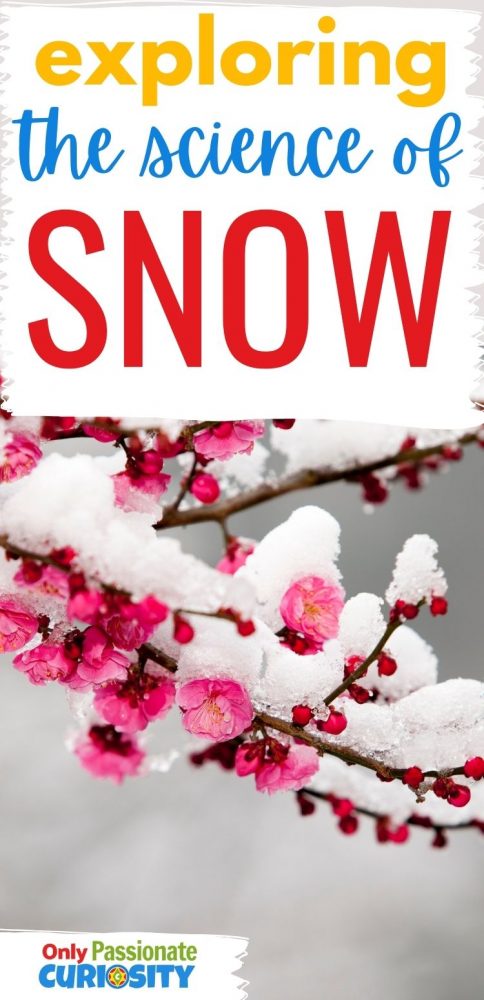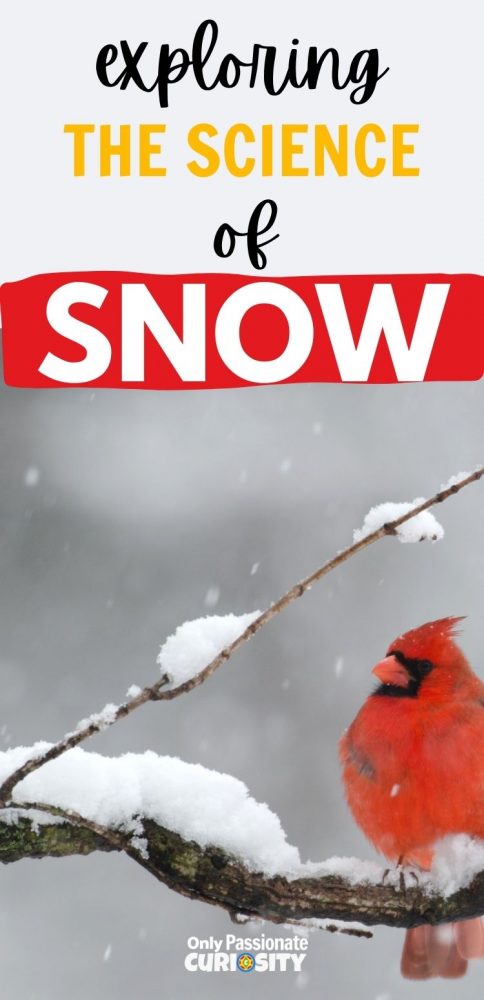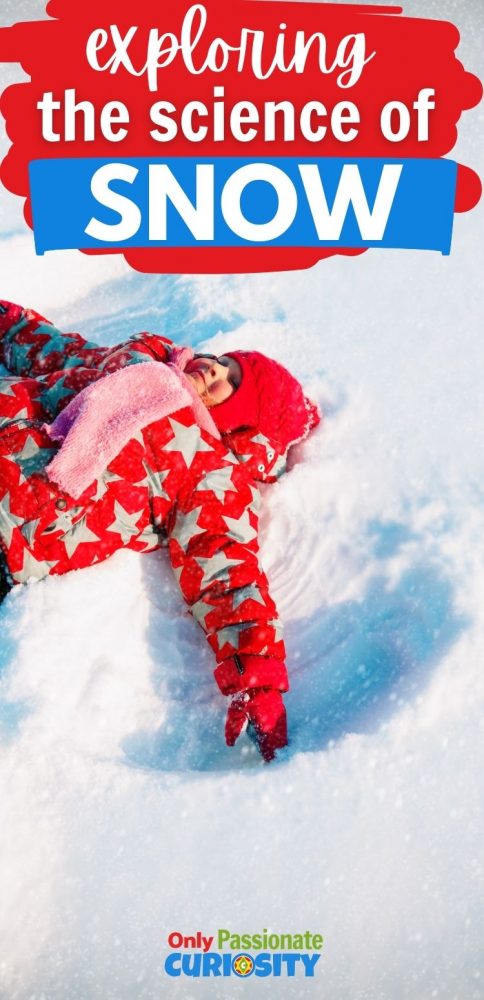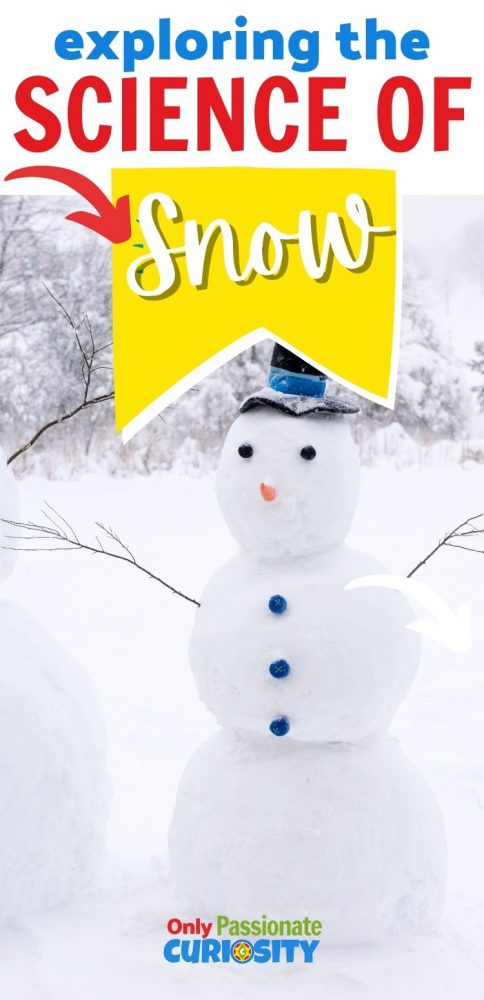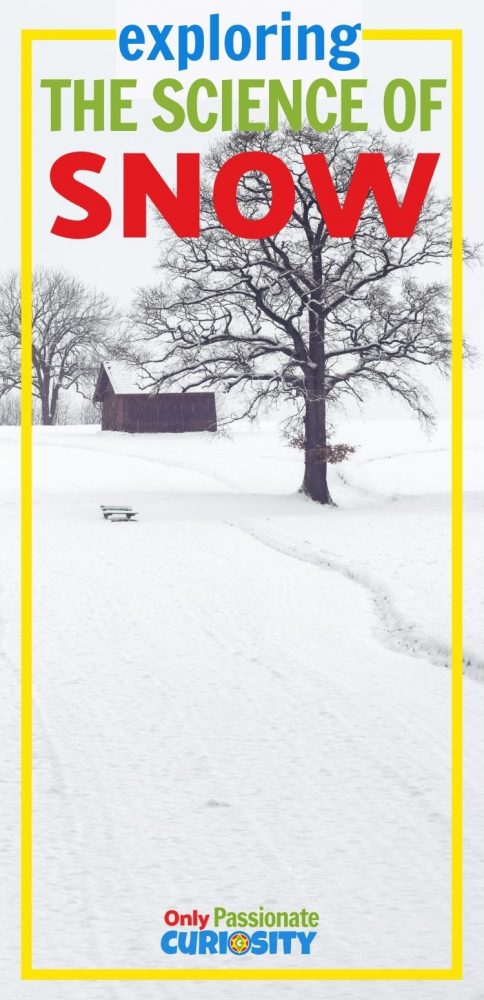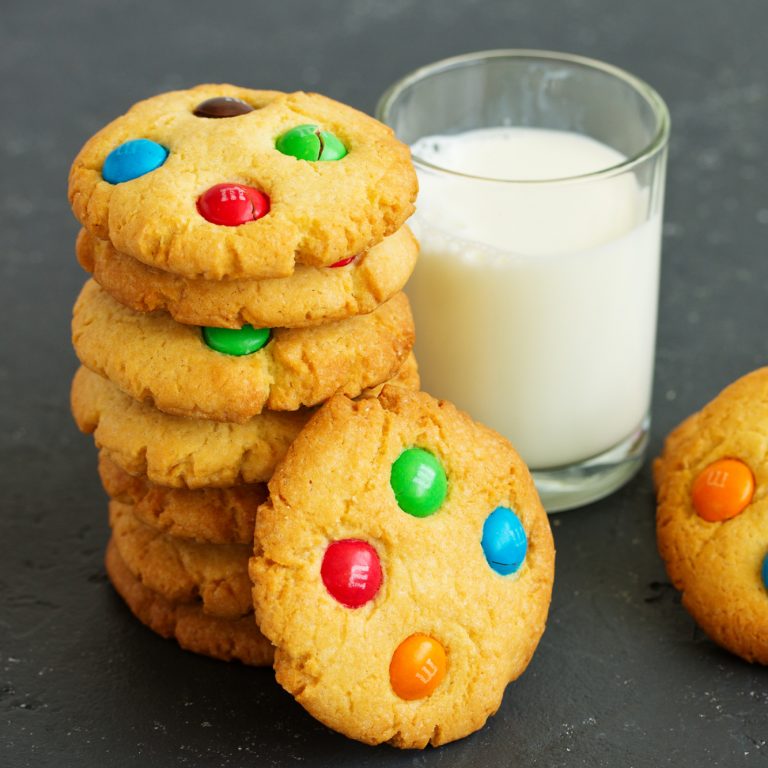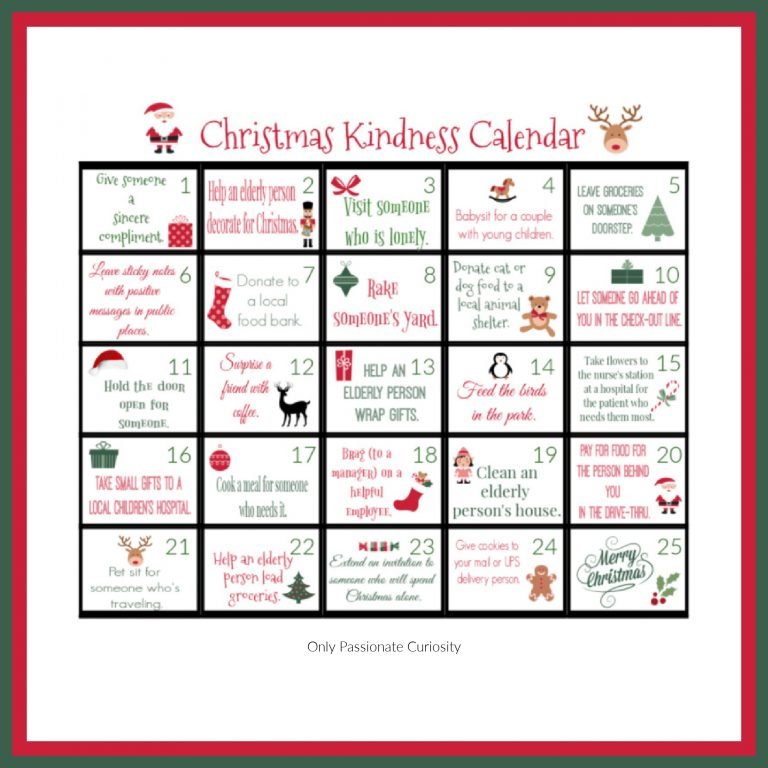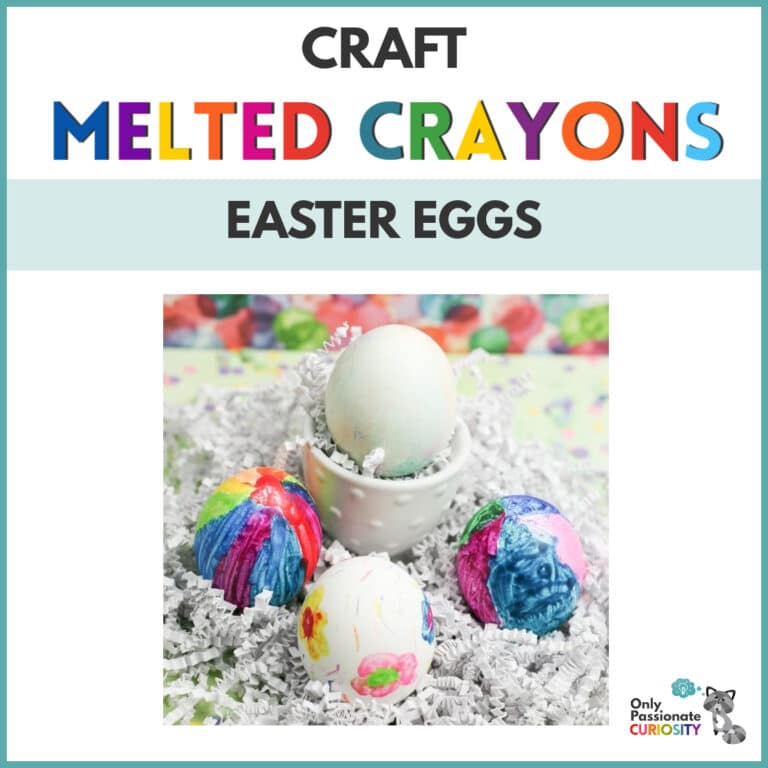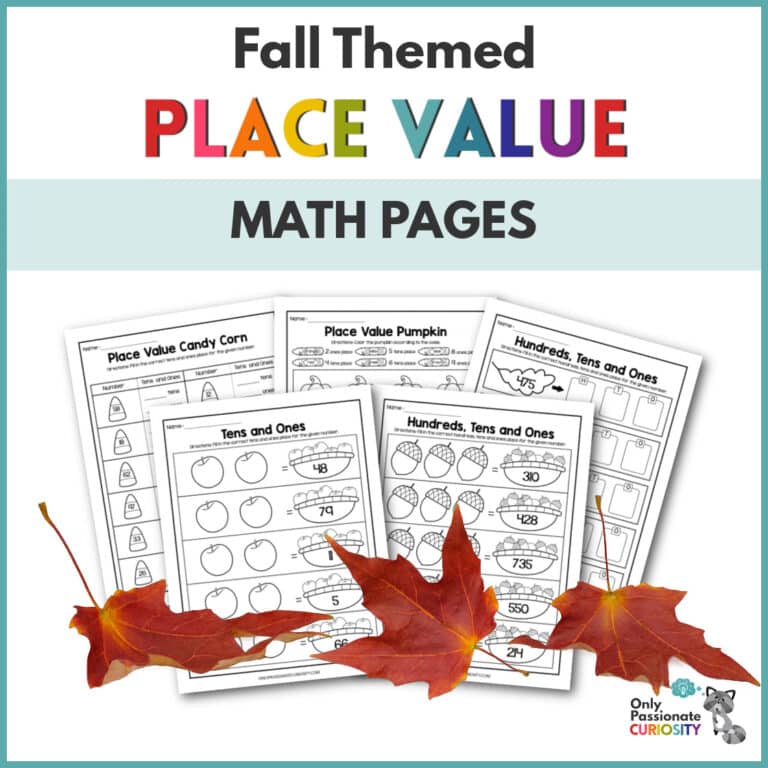Exploring the Science of Snow
There are so many STEM (science, technology, engineering, and math) connections when it comes to the science of snow and ice! Instead of giving in to cabin fever, turn a chilly time of year into a fun learning experience with these ideas that connect snow to the STEM disciplines.
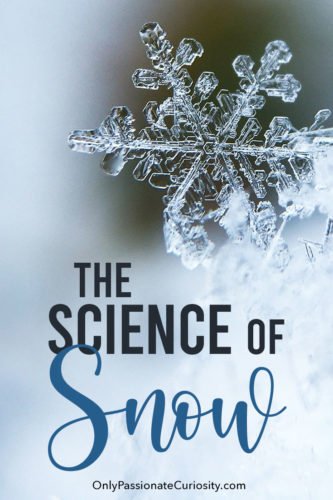
Play
But let’s not forget the most fun way to investigate snow… getting out in it (and playing)!! And there are many things to do in the snow besides making a snowman (although that is fun too). But here are some other ideas you might want to add to your winter snow stash!
The Science of Snow
Snow science is fascinating and beautiful. It’s great for those fun things listed above, but it’s also lots of fun to study and use for science experiments! So let’s get started!
Snow is made up of tiny ice crystals. Forming way up in the clouds, each flake has its own unique symmetrical beauty that makes its way down to Earth. It’s really pretty amazing when you stop to think about it!
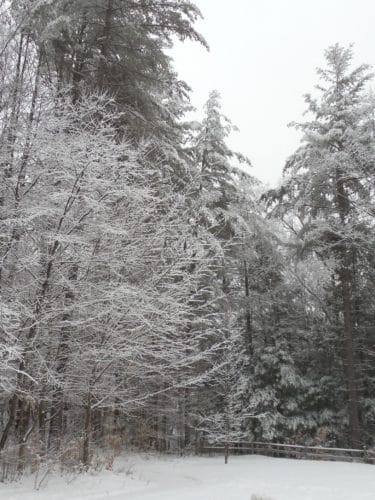
You can find out what is inside snow (besides water) by doing these simple snow science investigations. Seeing the symmetrical, six-pointed crystalline structure of an actual snowflake can be a little tricky. Even if you catch a pristine snowflake, it may melt from your breath as you lean in to take a closer look. It is not impossible, however. A really simple way to see a snowflake up close is to take some black paper or fabric outside on a day when there is a light, fluffy snow falling. Catch snowflakes by holding the paper or fabric flat. Bring a magnifying glass to see them up close.
It may be difficult to examine actual snowflake crystals, but it is not hard to grow similar crystal structures. You can use a kit like this to grow crystals very similar to ice and snow crystals at home or in the classroom. Another alternative for examining different crystal structures is to place some common household substances under a microscope or magnifying lens. Try salt and sugar. What shapes do you see?
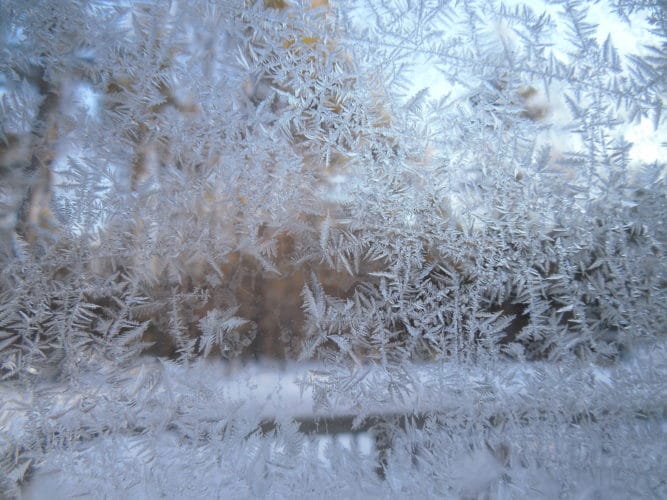
Snow and ice take different forms, like frost and slush. You can create an ice structure that is rarely seen in nature, the ice spike, by doing this ice science investigation.
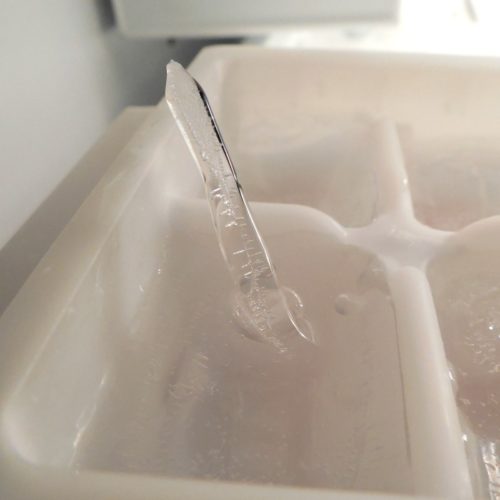
Technology and the Science of Snow
We aren’t all fortunate enough to run a high-tech science lab, but with the power of the internet, anyone can take a closer peek into some of the most interesting snow science studies in the United States. Kenneth Libbrecht is a scientist with an interest in snow among many other things. Visit his snow crystals site, and you will find videos of snowflakes growing right in front of your eyes as well as many other science activities perfect for middle schoolers and older students!
Engineering Snowflake Structures
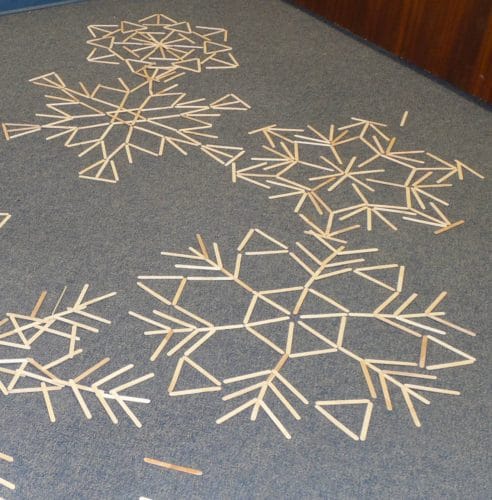
Have kids put on their engineering design hats and challenge them to design and build a symmetrical, six-pointed snowflake. Craft sticks, cotton swabs, pipe cleaners, and other craft supplies are perfect for this. If they can build one on a flat surface, extend the challenge to building a snowflake in three dimensions!
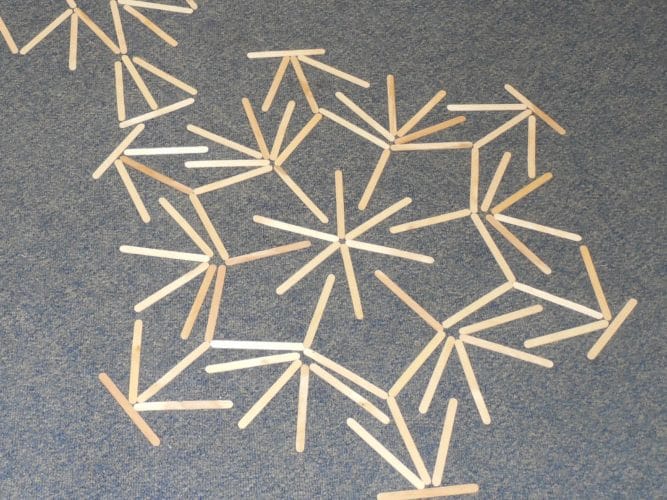
Snowflake Math
Two math concepts inherent in snowflakes are symmetry and angles. Being able to identify symmetry gives children early geometry skills and the ability to categorize different shapes.
Kids can practice drawing symmetrical snowflakes by constructing them out of paper. Have your children or students cut out a traditional paper snowflake out of colored paper. Once it is unfolded, cut it down the middle. Have kids trade the snowflake halves with one another, or with you. They should then place the half of the snowflake on a white piece of paper and try to draw the missing portion of the symmetrical shape. This is a great exercise in paying attention to detail!
If you have had kids build snowflakes as described above in the engineering section, get out the protractors and start measuring angles! Due to the nature of the shape of a snowflake, there are all kinds of angles in there. Once they get the hang of measuring different angles and noting them in their snowflake designs, extend this activity by asking questions such as these:
- Is there a maximum size for an angle in a snowflake with 6 points?
- Are there common angles throughout all of your snowflake designs?
- What angles can you find and measure in other symmetrical objects?
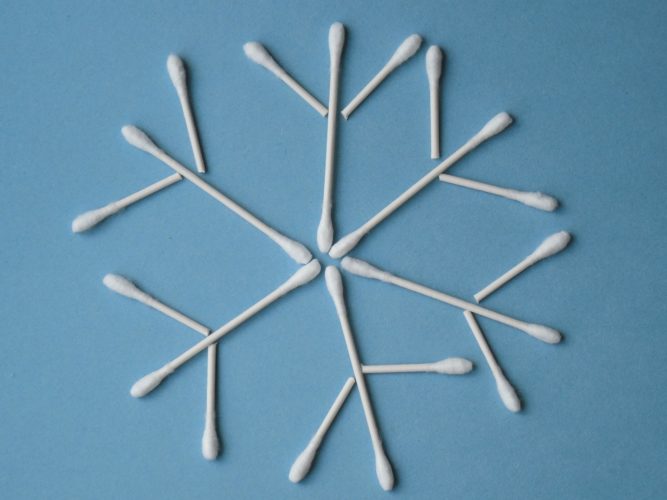
These are just a few ideas to use to jump-start your study of snow! How else can you study snow, ice crystals, and the science of snow?
Have fun investigating snow!



